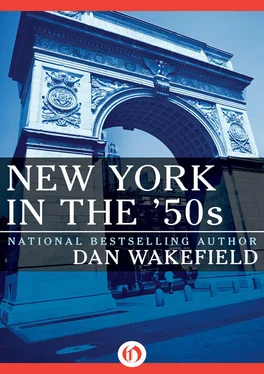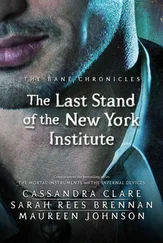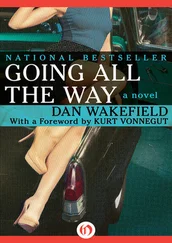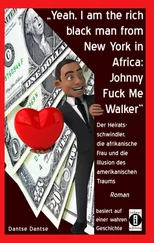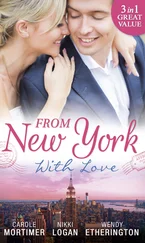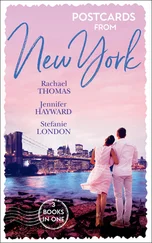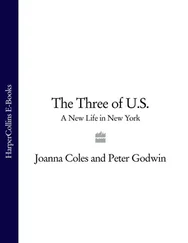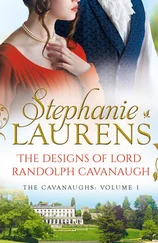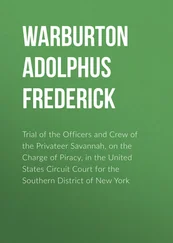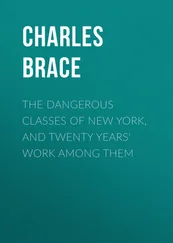From what I knew, people who tried to save the world or even change it were likely to become fanatics, religious or political, like the intellectuals who became Communists in the thirties, or the Moral Rearmament zealots of the fifties who tried to make people confess their sexual sins in group meetings. (They did it to my own parents in our living room in Indianapolis!) But people who were able to truly see the world and know where its center was, those must be the people I admired, writers like Hemingway and Fitzgerald, and the poet Robert Frost, who wrote, “I’m waiting for the one-man revolution / The only one that’s coming.”
When I finished reading that essay the first time, I felt a quiet excitement of the kind that comes when you discover something—a work of art or literature—that speaks directly to you, that seems to be a response to questions you didn’t even know you were asking until the answers appeared with such clarity and power, as if they were waiting for you all the time. The author of the essay was Mark Van Doren, identified as a Pulitzer Prize–winning poet who was also a professor of English at Columbia.
Mark Van Doren . His name seemed to rise up off the page like an Indian smoke signal of the intellect or a Jack Armstrong secret code from the unconscious to guide me to his classroom. I knew without further explanation that somehow I was going to go to Columbia to study with Mark Van Doren.
Besides the lure of Van Doren, Columbia had the virtue of being in the heart of New York City, the place where everything important happened first, before the rest of the country was ready for it. The books, plays, and paintings, the very ideas that would inform, entertain, and inspire the nation and the world, were created in that single power-packed place. Now that I was no longer tied to mid-western collegiate fraternity standards—the ones that turned me down and out—now that I was free, as Rex Cochrane said, to go anywhere, it seemed not only natural but inevitable to go to the most exciting place of all.
Other generations had and would have other meccas: the literary “hub of the universe” in Boston, for midwesterners like William Dean Howells, had passed; the Hollywood of Stephen Spielberg was yet to come. Generations soon to follow would be lured by Los Angeles as the home of moviemaking and the popular music and record business; or drawn to San Francisco for laid-back, sophisticated culture and Love; or seduced by Seattle’s natural beauty and clean air. In the fifties, though, New York had no real rival for youth who wanted to be at the creative—and creating—center of the American dream.
“There was early talk of San Francisco,” Meg Greenfield recalls. “That was the only place that was competition for New York then, but San Francisco didn’t have anything like the draw of it—we all thought New York was the only place you could possibly live.”
Joan Didion, the novelist who grew up in Sacramento, says, “I always thought I’d go to New York. I just didn’t know how I’d go about it.” Mary Perot Nichols, from suburban Philadelphia, who became a reporter and columnist for the Village Voice , recalls, “I had an English teacher who’d been in publishing in New York, and she turned me on to it. I thought I’d be in publishing, or a writer for The New Yorker . From high school on, I wanted to live in New York.”
For some, the desire to live in New York came even earlier. Leslie Katz was twelve years old when he came back home to Baltimore after visiting a friend in New York City whom he’d met at summer camp. He told his father, “That’s where I want to live. There’s just nothing like it.”
Richard Lingeman, executive editor of The Nation and biographer of Theodore Dreiser, listened to the Stan Kenton album Manhattan Towers when he was going to high school in Crawfordsville, Indiana. After he went to New York on his high school senior trip and stayed at the Hotel Piccadilly in Times Square, “I imagined someday sitting in my own Manhattan tower.”
Calvin Trillin, the author and New Yorker staff writer who came to New York from Kansas City via Yale (“because my father read Stover at Yale and wanted me to go there”), says, “The immigrant saga of the fifties was My Sister Eileen —which became the Broadway musical Wonderful Town —rather than the Daily Forward . It was people coming in from the Midwest instead of from Europe.”
The siren songs of movies and musicals about New York sometimes served as the immediate inspiration of someone’s pilgrimage. Ann Montgomery, who became a model for the Ford Agency, took a semester off from Miami University in Oxford, Ohio, and borrowed $50 from a friend to go to New York because “I’d come as a teenager and my uncle always got us theater tickets to musicals, and I believed them all—I thought everyone in New York was living a version of Wonderful Town .”
Ann was asked to share an apartment with some other girls who had gone to Miami, and shortly afterward she met a boy one of them dated. “Howie” Hayes, the son of a Baptist minister from North Carolina, reminded her that not all the young people migrated to New York from the Midwest; lots of eager southerners came too. This minister’s son became the editor of Esquire and a mentor to many of the fifties generation—including Ann’s future husband, the writer Brock Brower.
As a teenager, the novelist David Markson used to come down with his high school friends from Albany to go to Yankee Stadium, Ebbets Field, or the Polo Grounds, and after the games they would eat bowls of spaghetti near Times Square before going home. David returned on the GI Bill to go to graduate school at Columbia in January 1951, and “the minute I got here,” he says, “I knew I wasn’t ever going to leave New York. I’ve always been shocked by the people who came, looked, and didn’t stay.”
New York was also a mecca for those who grew up in the city itself, and the young people from other boroughs experienced the same thrill of discovery as we outlanders did on first coming into its heart, Manhattan. Bruce Jay Friedman “grew up in the Bronx next to Yankee Stadium, and went to college at the University of Missouri, but when people in Missouri or in the Air Force asked where I lived, I’d say New York as if to say, Where else on God’s earth would a person live?”
If many of my friends first arrived in New York on those trains with impressive names, some came to Manhattan on the subway from the Bronx or Brooklyn or Queens. Marion Magid lived at home with her parents in the Bronx when she went to Barnard. “Our journey was to go from the Bronx to Manhattan,” she says. “You discovered the city. Going to Manhattan was going to another world.” The editor and critic Norman Podhoretz, who came out of Brooklyn to graduate from Columbia in 1950, explains that “when you came from Brooklyn you didn’t consider yourself a New Yorker—that was only people in Manhattan. Manhattan meant New York. My attraction to it started early. I was eleven or twelve when I went to the Loew’s Paramount for Frank Sinatra’s solo appearance with Benny Goodman’s band.”
Lynne Sharon Schwartz, who went from Brooklyn to Barnard in 1956, wrote in her novel Leaving Brooklyn of the first time her heroine “ventured on the subway from Brooklyn to Park Avenue in mythic Manhattan, a mere river away, though it felt like another planet.… Even the sky seemed a better blue, a more sophisticated blue.”
Some of us hitchhiked from our hometowns, and some took advantage of a popular mode of free transportation, the driveaway service: you got to where you were going at no charge by delivering someone’s car to a prearranged destination. My friend Ted Steeg (known as “the Horse” for his speed, strength, and reliability, the guy you could count on) went to my high school in Indianapolis, graduated from Wabash College in Crawfordsville, Indiana, and wanted to come to New York when he got home from the Army in January 1955. He looked in the classified ads of the Indianapolis Star for a car to deliver to New York City, where he was going to study at Columbia on the GI Bill. He still remembers the journey. “I’d never been east of the Ohio, and when I came up the Jersey Turnpike I saw the skyline in the distance. It was night and the sky was lit up. I saw the Statue of Liberty—at first I didn’t know what she was, she was turned the other way, but then I recognized her, and I got a lump in my throat. That and the skyline were thrilling.”
Читать дальше
